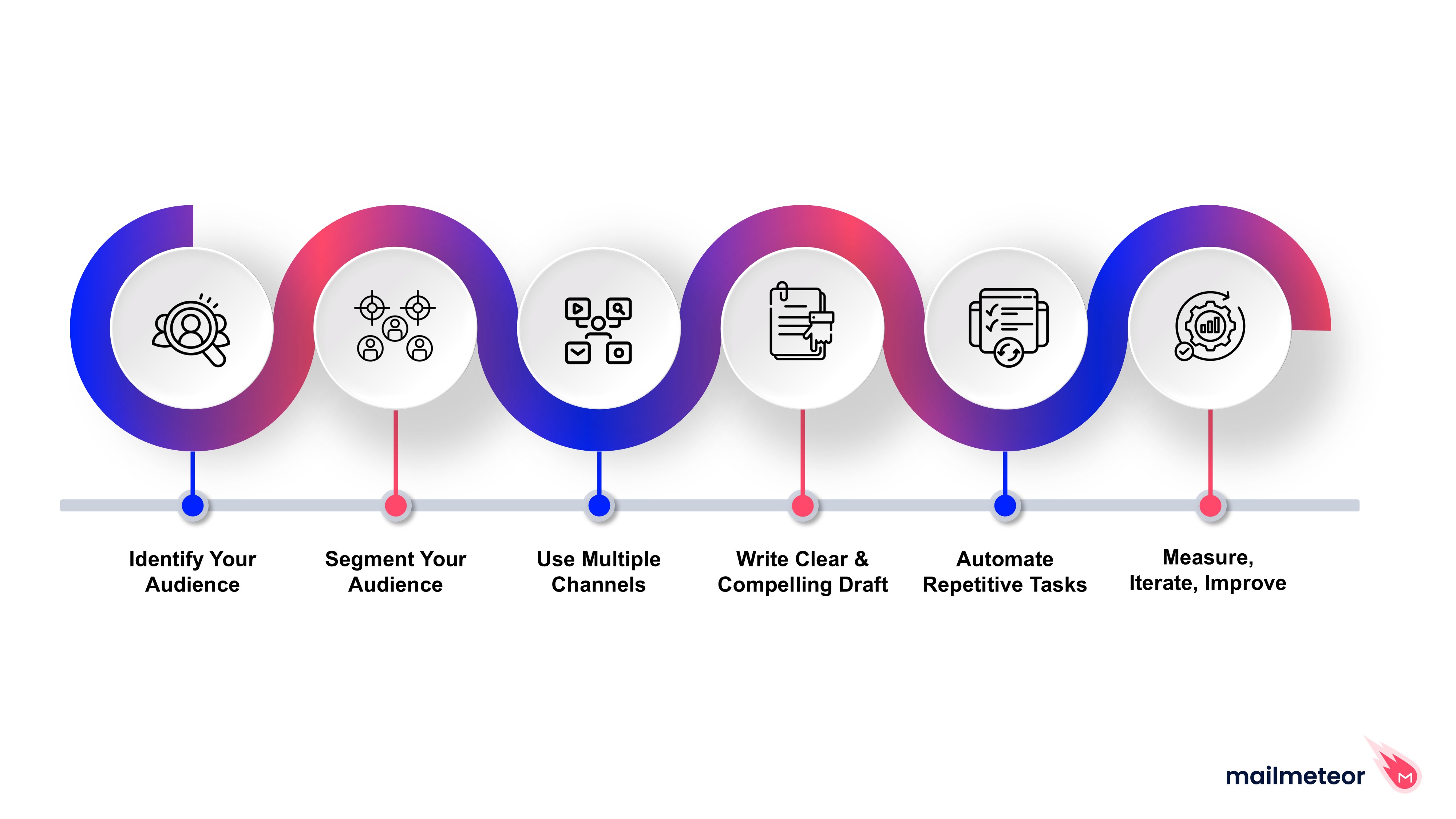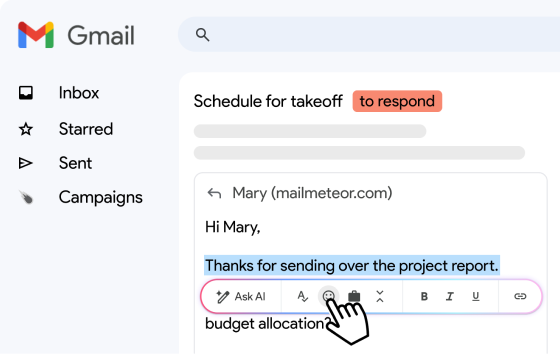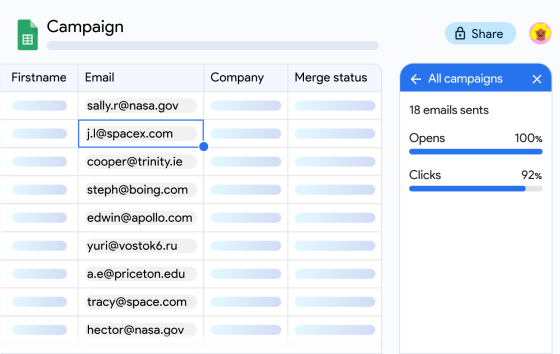Imagine owning a shop in a crowded mall, filled with plenty of potential customers.
Dozens of people walk by every minute, but most of them do not bother to stop and check out what you are selling.
To get customers through the door, you need a plan that catches their attention, sparks their interest, and keeps them coming back. This also applies to sales outreach; it is simply not enough to send out cold emails en masse.
You need a smart, targeted approach which speaks directly to the needs of your prospects.
In this article, we will discuss what a sales outreach strategy is, why it is important, and how you can build a winning strategy to turn your leads into loyal customers:
- What is a Sales Outreach Strategy?
- Core Building Blocks of an Outreach Strategy
- Importance of a Sales Outreach Strategy
- Higher Customer Engagement
- Better Conversion Rates
- Ability to Nurture High-Quality Leads
- Final Thoughts
So first things first,
What is a Sales Outreach Strategy?
Think of a sales outreach strategy as a systematic plan. One that you have designed to engage prospects through various channels. The channel itself does not really matter, it can be through cold emails, cold calls, in-person conversations, or just an ad campaign.
The real strategy starts when you begin to understand your audience, address their needs, and create meaningful interactions. Your goal? Converting leads to loyal customers by building relationships and trust.
But setting up an outreach strategy is far more complicated than simply picking up the phone and calling all your contacts in an attempt to make a sale.
Core Building Blocks of an Outreach Strategy
To create a successful sales outreach strategy, you first need a solid foundation that can carry the weight of your structured approach, here are some of the key building blocks of this structure.

Identify your Target Audience
The first building block of any outreach strategy is to identify a well-defined target audience.
You do so by figuring out who your ideal customers are, studying their demographics, pain points, and buying behaviors. Then, you can tailor your messages and attempt to resonate with this audience.
Interested in going a bit deeper? Conduct thorough market research, build an ideal customer profile, and analyze your existing buyers. This will let you focus your efforts on prospects who are most likely to benefit from your product or service.
Your engagement rates will go up along with the overall effectiveness of your outreach efforts. A targeted outreach strategy ensures that you are not casting a wide net but rather homing in on prospects who are most likely to lend an ear to your value proposition.
Segment your Audience!
Once you have identified some prospects, the next step should be to segment it immediately.
Segmentation makes all the other steps easier, segmenting by demographics, age groups, interests, regions, or anything really, makes it a lot easier for you to write targeted and personalized content.
Your outreach efforts benefit from the improved personalization, and you benefit from the ability to address each segment’s unique pain points independently and easily.
Not to mention that segmentation also lets you focus on the groups that perform best, letting you be more efficient in your marketing efforts by allocating resources to segments that are more likely to convert.
Use Multiple Channels
It is important for you to incorporate a multi-channel approach in your outreach efforts.
Rather than relying solely on one method, such as email or cold calling, we recommend diversifying your outreach across various platforms. Social media, instant messages, webinars, and networking events, the channel itself does not really matter. Your aim should be to connect with prospects where they are most active.
Such a strategy also lets you leverage the strengths of each platform and engage audiences through different formats. Ultimately leading to an improved overall experience and increased opportunities for conversion.
- Social media campaigns can focus on content marketing and providing value to your followers.
- Instant messages are great for sending out quick reminders and updates to your customers at a low cost.
- Emails are amazing in situations where the recipient will need time and nurturing to build up a relationship.
- Webinars and networking events let you answer concerns and offer solutions in real time, something that most of the other marketing channels lack.
Be Clear, Be Compelling
In your outreach efforts, clarity and persuasiveness are crucial elements that significantly impact your success.
- Your message should clearly articulate the value you offer and why it is relevant to the recipient reading it.
- Try to avoid jargon and convoluted explanations. Go for straightforward language and terms that all your recipients are familiar with.
- Communicate benefits and offer realistic solutions to complicated problems.
Put yourself in the prospect’s shoes and ask, “What’s in it for me?” then write a compelling draft which aims to answer that question in the most concise and compelling manner imaginable.
Automate Repetitive Tasks
Automation is a game-changer for outreach marketing, it enables your sales teams to focus more on relationship-building and closing deals instead of getting bogged down by repetitive tasks.
Take advantage of a CRM system, set up email sequences and use mail merge tools to personalize your emails as much as possible. Modern automation tools also let you efficiently schedule and manage meetings, set up to-do lists, and follow-up on your behalf. You are holding your marketing efforts back by not using them!
Automation increases productivity, ensures that your outreach is consistent, and is irreplaceable for nurturing leads with sequences full of content drips.
However, it is a double-edged sword, as automation goes up, the personal touch in your marketing campaigns will go down. Marketing automation works best when businesses use it to assist their existing salespeople instead of replacing them.
Measure, Iterate, Improve
Continuous improvement is fundamental to digital outreach strategies, and this begins with measurement.
- Establish some key performance indicators (KPIs) such as response rates, engagement levels, and conversion metrics.
- Analyze these metrics to gain insights into what is working and what is falling flat.
- Utilize these insights to iterate on your approach, make data-driven decisions about adjustments needed in your messaging, targeting, or the marketing channels themselves.
Salespeople who can adapt and quickly change their approach depending on the prospect’s behavior tend to outperform those who are stuck in their ways. Unfortunately, emails cannot be modified on the fly, but there is no reason we should stop ourselves from sending out better and more convincing emails in our future campaigns.
Importance of a Sales Outreach Strategy
A well-executed outreach plan allows your team to engage with potential customers more effectively, providing a tailored solution that resonates with their specific needs, all while building up your brand’s identity and image in the process.
Benefits like higher customer engagement, better conversion rates, and the ability to nurture high-quality leads are just the icing on top of this cake.
We will now go through some of the most important benefits and the actionable steps that you can take to maximize your returns from a specific benefit.
Higher Customer Engagement
Meaningful interactions from an outreach campaign can encourage potential customers to stop window-shopping and actively engage with your products and services instead. This increased engagement will help you build better relationships with your prospects as they will feel recognized and valued.
For example, a software company might target IT managers with personalized content, such as case studies or video tutorials which can address their pain points directly, instead of being on a sales call, you are offering a solution to something that actually bothers them.
As a result, the managers become more likely to respond, ask questions, and begin a dialogue about the products offered.
Actionable Steps for Customer Engagement
- Personalization: Your outreach campaigns should be personalized, you should use the recipient’s name, reference their company, and any specific detail of which you can think. Use a mail merge tool if you are sending out cold emails in bulk.
- Calls to Action: You should encourage the prospects to respond by asking specific questions that invite interaction. They should have no doubt in their mind about what they can do to find out more about your offers.
- Multichannel Marketing: Reach your ideal customers on the platform that they are most likely to respond to, some demographics prefer social media while others would like an email. There are still plenty of industries which would just like a phone call during business hours.
Better Conversion Rates
When you target your outreach efforts and align them with the prospect’s needs in a specific niche, the better conversion rates simply become an obvious fact. Such a tailored approach ensures that your message resonates with the recipient, making a positive response far more common.
Consider a small e-commerce business that uses customer data and analytics to refine their outreach efforts. They identify buying trends and customize promotions, focusing on products that specific customer segments seem to be interested in.
On the other hand, a business in the B2B repairs industry would look at their existing clientele and identify that clients who need repair services often ask for replacement parts as well. This lets them cross-sell and inform their other clients who never asked them for parts.
Actionable Steps for Improving Conversion Rates
- Data & Analytics: You can only improve something if you measure it, plenty of analytic tools exist to help you track and understand customer behavior and preferences.
- List Segmentation: If you are sending a single newsletter out to every single customer, you are probably doing it wrong. You should create segmented email lists so messages can be tailored to specific audiences.
- Trial & Error: Test different writing styles, try out different calls to action, set up A/B testing to measure the results and monitor the metrics. Long-lasting outreach strategies are only built because modern marketing allows for iterative improvements, do it!
Ability to Nurture High-Quality Leads
High-ticket clients are earned when you nurture leads and build long-term relationships. Maintain contact, offer valuable information, and address their evolving needs over time.
For example, a digital marketing agency can set up continuous content drip campaigns which target leads from their previous outreach efforts. These campaigns do not sell anything, but instead provide insightful resources like webinars and eBooks where the agency can position themselves as trusted advisors, leading many leads to eventually convert with a much higher level of confidence.
Actionable Steps for Nurturing Leads
- Email Sequences: Nurturing leads manually is almost impossible at the scales that modern marketing demands, you should set up automated email sequences to provide value over time.
- Follow-Ups & Reminders: Following up on previous interactions with personalized check-ins will get you a lot more responses than a one-off email.
- Content Marketing: Create valuable content, the format does not really matter. It can be blogs, tutorials, or just YouTube videos. What really matters is that you share it regularly with your leads!
Final Thoughts
As you venture forth with your outreach efforts, remember that better engagement is at the heart of a successful sales strategy. Your priority should be to focus on personalizing your approach and nurturing relationships over time. This will let you create an environment where prospects feel valued and understood. In turn, this will lead to a higher engagement, better conversion rates, and the ability to cultivate high-quality leads which contribute to long-term success.


